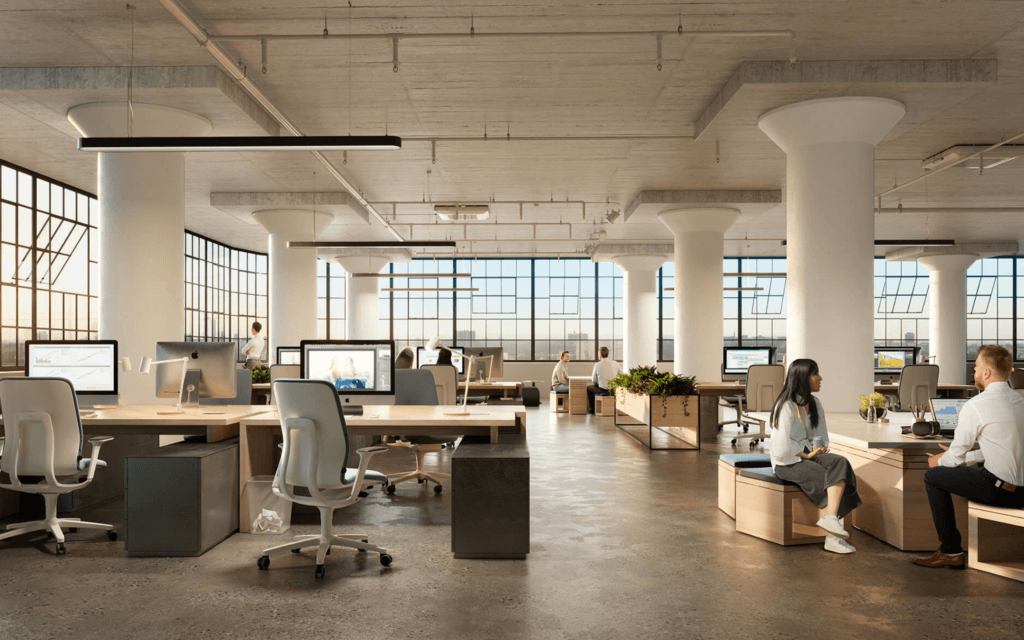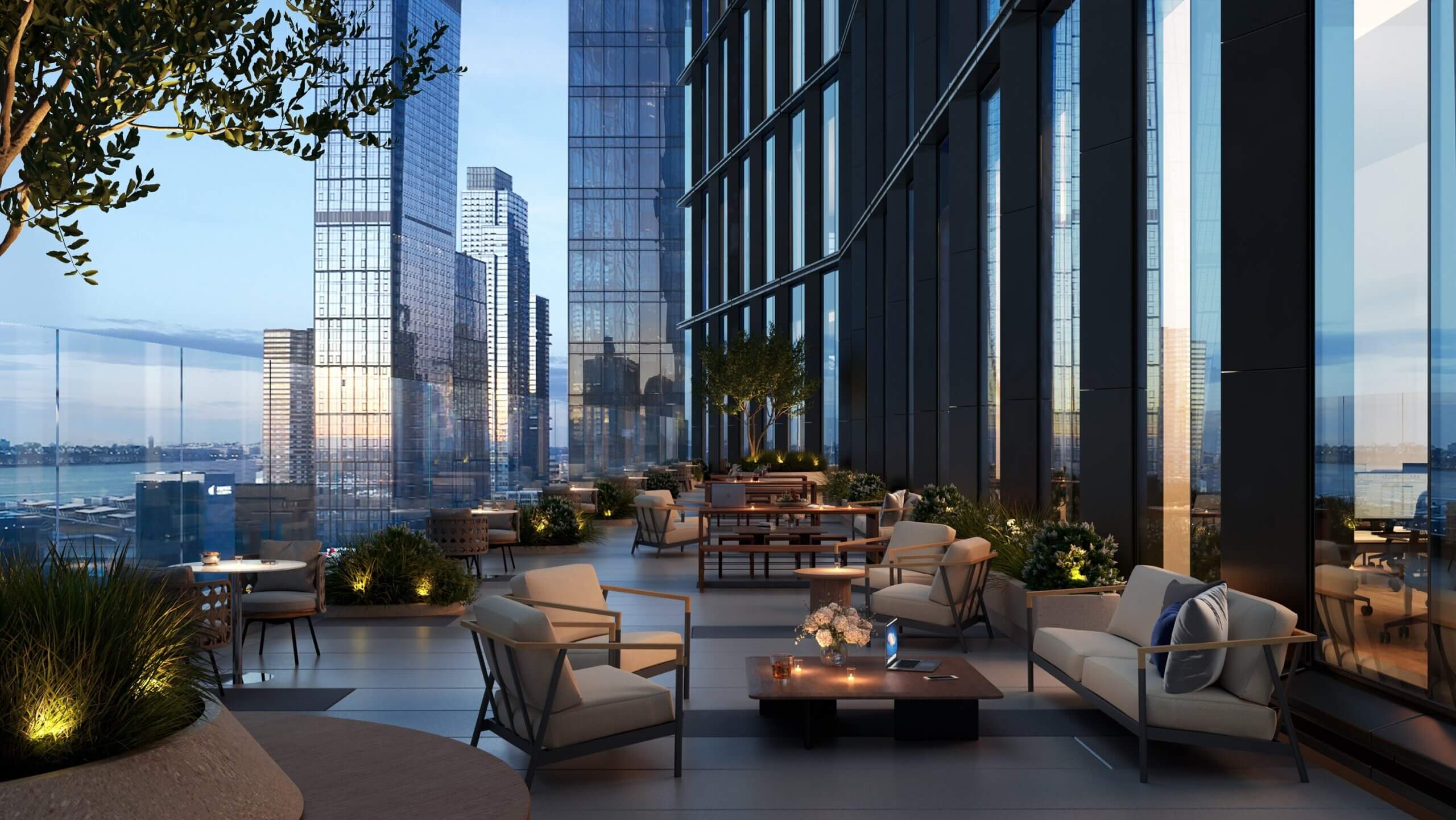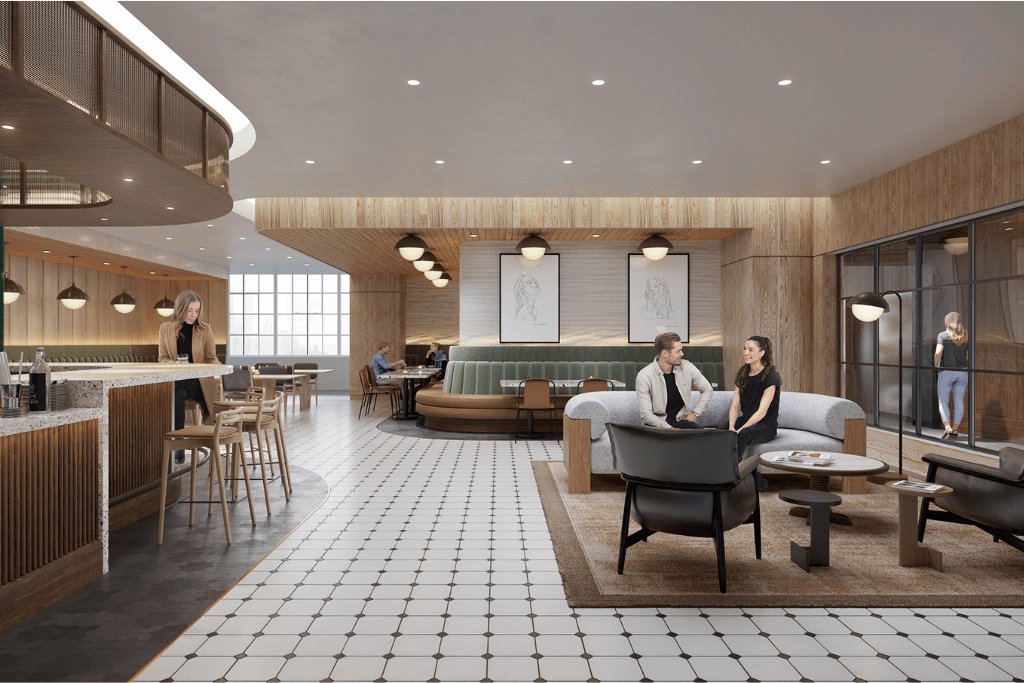Written by: VISUALHOUSE
Photography: VISUALHOUSE
In a post-pandemic landscape, companies aren't merely bringing teams back to the workplace. They’re rethinking what that workplace means. Gone are the days of sterile cubicles and generic lobbies. Today, the most in-demand commercial spaces resemble curated ecosystems: amenity-rich, experience-driven, and deeply human in design.
Across the commercial real estate market, we’re seeing a clear shift: buildings that are becoming full-service campuses—offering everything from wellness studios and rooftop lounges to art installations, café culture, and high-touch concierge services. This isn’t just about luxury. It’s a strategic reframe of office space as a tool for talent retention, brand identity, and cultural connection.
Why Amenities Matter More Than Ever
The pandemic permanently changed the way we think about work. Flexibility, autonomy, and well-being are now central to workplace culture—and the built environment is catching up.
Companies are no longer looking for space—they’re looking for experiences. They want environments that attract talent, inspire creativity, and reflect evolving employee values.
As a result, the bar for office buildings has been raised:
- On-site wellness centers and meditation rooms
- Curated food and beverage offerings
- Flexible communal spaces and event programming
- Terraces, gardens, and biophilic design
- State-of-the-art gyms, locker rooms, and showers
- Artful branding, hospitality-grade lobbies, and concierge service
- These aren’t amenities—they’re expectations.

The Rise of the Office “Campus”
In major cities and suburban innovation hubs alike, the CRE market is seeing a rise in full-scale office campuses—developments that function more like mini neighborhoods than traditional towers.
These campuses often include:
- Multiple interconnected buildings
- Retail and dining offerings
- Outdoor gathering spaces
- Event programming and brand activations
- On-site transportation and mobility solutions
This model borrows from hospitality, retail, and even higher education—creating immersive destinations where people want to be, not just where they’re assigned to work.
Designing for the Next Generation of Workers
Gen Z and younger Millennials now make up a significant portion of the workforce. These digital natives value purposeful, well-designed spaces that align with personal values: sustainability, wellness, and community.
Buildings that prioritize natural light, environmentally conscious materials, open-air circulation, and flexible collaboration zones are leading the market—not just in leasing velocity, but in long-term tenant retention.
It’s not just about desks and floorplans—it’s about identity, emotion, and culture. Buildings are being branded like lifestyle products, with narratives and experiences designed to resonate with modern users.

The Office Isn’t Dead—It’s Just Growing Up
Today’s tenants want more—and rightly so. Work is no longer about clocking in and out. It’s about being part of something larger: a culture, a community, a purpose.
Amenity-rich buildings and campus-style developments are meeting this moment. They’re offering companies the chance to bring people together in spaces that feel meaningful, healthy, and alive.
And for developers? It’s a powerful value proposition. When you invest in design, experience, and storytelling, you don’t just lease space—you build loyalty, identity, and long-term success.
For new project inquiries, please email [email protected] with your project details. We look forward to hearing from you.
